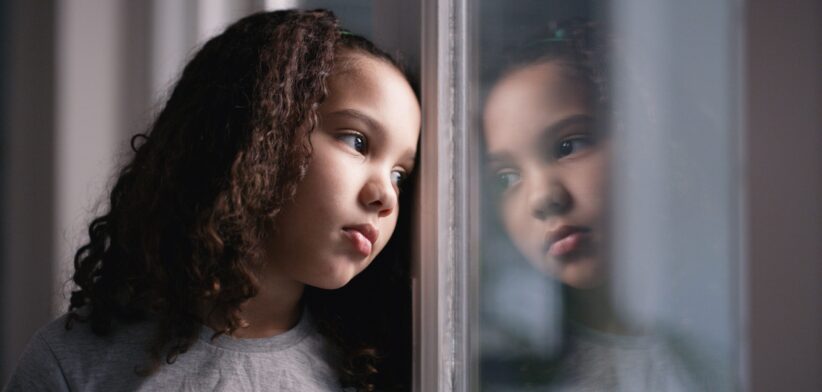COVID lockdowns disproportionately impacted the mental health of girls and young women, according to a new study.
Research from the University of Sydney found there had been a 37 percent increase in deliberate self-poisonings among female children and adolescents over the past four years, with the increase strongly correlated with COVID-19 pandemic restrictions.
Professor Nicholas Buckley said the study found rates of deliberate self-poisoning were 84 percent higher among those aged 5-14 years, and 36 percent higher among those aged 15-19 years between March 2020 and December 2023, compared with 2018-19.
Professor Buckley said there were only minor changes in males and older Australians.
He said within the five to 14-year-old cohort, self-poisonings rose particularly among adolescent females aged 11 to 14.
“The rise in self-poisoning by adolescent females appears to be driven by lockdowns rather than COVID-19 infections.
“This marked increase occurred between March 2020 and December 2021 coinciding with widespread lockdowns during that period.”
Professor Buckley said following the relaxing of restrictions in early 2022, there was a sudden drop and then slow decline, however, rates remain well above pre-pandemic rates.
He said self-poisoning was the most common form of hospitalised self-harm among children and adolescents and had increased in the decade prior to the pandemic.
“These findings suggest the pandemic lockdowns severely and disproportionately impacted the mental health of female adolescents.
“Factors such as social isolation, family conflict, and perceived educational impact may have had more impact on female adolescents than other groups,” he said.
Professor Buckley said over the six years, there were 201,755 self-poisonings documented in Australia, with females comprising 64 percent of all poisonings.
He said 22 percent were adolescents aged 15-19 and almost 10 percent were children aged 5–14.
“There was a steep increase in the rate of deliberate self-poisoning among female children and adolescents (37 percent) compared with males (11 percent).”
Professor Buckley said there were also substantial jurisdictional variations, with larger increases in Victoria, Tasmania and the Australian Capital Territory.
“This may have been a result of more severe lockdowns in Victoria, and the possible impact of interstate travel restrictions in Tasmania and the Australian Capital Territory. However, all states had significant increases,” he said.
Read the full report: Self-poisoning in young Australians: The impact of COVID-19 and recent trends following easing of restrictions.








